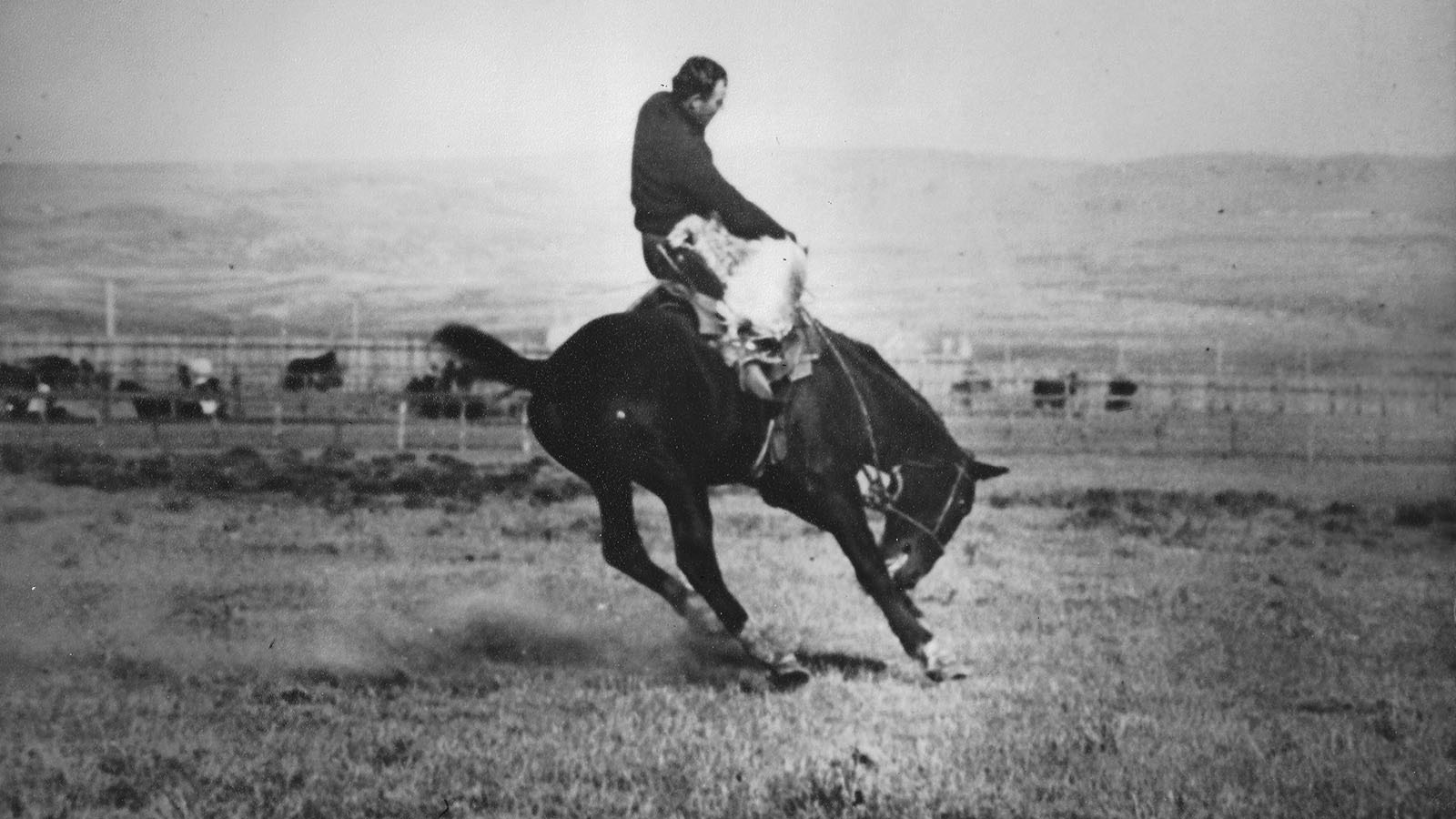Immersed in the vast body of American historical literature is a sizable and important genre known as "Indian Captivities."
For nearly five centuries, these thrilling, yet oftentimes horrific, narratives of confrontations between primarily settlers -- many of them women and children -- and the native tribes of North America have provided exciting literary fodder for generations of readers.
One noted authority on this genre, Kathryn Zabelle Derounian-Stodola, has suggested that "the Indian captivity narrative is arguably the first American literary form dominated by women's experiences as captives, storytellers, writers, and readers."
Over the years, more than 300 titles that fall within the Indian captivity definition have been identified. Some of these were published as individual, stand-alone volumes; some appeared as part of a larger collection of similar titles; and some first emerged as newspaper and journal articles.
From the 16th century literature generated by the 1528 capture of young Juan Ortiz in present-day Florida by Timucuan Indians, all the way down to the mid-20th century, first publication of John W. Johnson's story of his capture in Maine in 1834 by Mi'kmaq Indians, Indian Captivity literature portrays a facet of early American history as no other genre does.
One of the rarest of all these volumes is a slender book published in St. Louis, Missouri in 1839 under the formidable title, A Narrative of the Captivity of Mrs. Horn, and her Two Children, with Mrs. Harris, by the Camanche Indians, After They Had Murdered their Husbands and Travelling Companions. The book vividly documents Mrs. Horn’s months-long ordeal among the Comanches in Texas during 1836-1837.
Noted Western historian Carl Coke Rister has written that "Bibliophiles and collectors of Western Americana regard it [Horn's book] as the rarest of captive accounts, not only because of its scarcity but also because of its narration of stark realism, of primitive Indian life, and of terrible cruelty and grim tragedy."
Sarah Ann Newton Horn’s narrative is one of pathos and horror. It is reflective of many of the Indian Captivity books and brochures that render first-hand accounts of what it was like for emigrant families to enter a foreign land and attempt to make a new life there.
Mrs. Horn’s heart-rending episode began so simply. The young woman was bathing the infant of her sick friend, Mrs. Harris, when a band of about fifty Comanches rode into their makeshift camp.
Along with her husband, John, and two small sons, Sarah Ann was on her way to Matamoros, Mexico. From there, the family intended to embark on the long journey home to their native England. They had become disenchanted with this dry, lonely part of Texas, a place that had been described so glowingly in the colonization literature published by John Charles Beales, an English physician.
Beales had arranged for several American and European families to settle on a large tract of land a few miles southwest of San Antonio. He had high hopes for his colony to become the shining example of the Anglicization of Mexican Texas. But after two years, when the parched countryside failed to produce a single significant harvest, the Horns and several other colonists decided to return to England.
The small party had been on the trail for nearly a month after leaving the tiny settlement of La Villa de Dolores near the headwaters of the Nueces River. Progress had been slow because the travelers were trying to avoid General Santa Anna and his Mexican army, which only recently, unbeknown to them, had annihilated the Texas garrison at the Alamo on March 6, 1836.
As the Comanches approached the colonists’ camp, John Horn and his boys were admiring a homemade alligator-tooth necklace. Mrs. Harris, though ill, was managing to pick a few wild berries. Sarah Ann dried the Harris child and moved to her husband’s side. She didn’t like the looks of the Indians, she told him, but just as he began to reply, one of the Comanches shot and killed him with an arrow.
The other men in the party, surprised and unable to arm themselves, were cut down just as quickly. When the brief encounter was over, Sarah Ann scanned the bloody landscape and found that only she, Mrs. Harris, and the three children had survived. The Indians ransacked the wagons and then led the terrified women and children to a Comanche camp several miles away.
The survivors’ first night with their Comanche captors gave them a taste of things to come. Sarah Ann later wrote, “the Indians commenced stripping us of our bonnets, handkerchiefs, combs, and rings. They took everything from my children, leaving them as naked as they were born. . . . Mrs. Harris and myself were bound by passing a cord about our ancles [sic] and arms, so as to bring the latter close to our sides. In this condition we were placed upon the naked ground, with a blanket thrown over us, and the whole of that dreadful night, my agonized heart seemed ready to burst, as I listened to the cries of my orphan babes, as they called for their murdered father, and for water to quench their thirst.”
The next morning, the Comanches killed the Harris infant. Then they broke camp and set out across the plains. After traveling only a short distance, the women and their captors came across Mr. Harris and a young German, both of whom had been wounded and captured the previous day.
Sarah Ann later recalled the two men’s fate when she revealed that “they were surrounded by a party of Indians who had brought them in, and who had deferred killing them, till, with true savage cruelty, they could torture us with the sight. Mr. H. had a handkerchief bound about his head. As we rode up, he cast an agonizing look at his dear wife and myself, but he uttered not a word. As soon as the company came to a halt, they were very particular that we should look on while they shot them both dead upon the spot.”
The warm spring days turned into exhaustingly hot summer ones. On and on across the endless prairie, the Comanches and their band of captives traveled. Sarah Ann and her two sons were separated much of the time, and she could only imagine what torment the two little boys must be going through.
One young Indian woman “was the unceasing tormentor of Mrs. H[arris] by night and day,” Sarah Ann later recounted. Though small in stature, the woman took Mrs. Harris by the throat “and choked her, until the poor unresisting creature would turn black in the face, and fall as if dead at her feet; and then, to finish the tragedy, her cruel master would jump on her . . . and stamp her, until I have thought her sufferings were at an end.”
In the following months, Sarah Ann was allowed to see her sons from time to time, but since they had been split up among different bands of Comanches, the visits were rare.
Sarah Ann was treated as a slave and expected to perform any and all tasks demanded of her. In late June 1837, some Spanish-Mexican traders, or Comancheros, purchased Mrs. Harris from the Comanches and attempted unsuccessfully to buy Sarah Ann as well. At about the same time, the Indians terminated Sarah Ann’s visits with her sons.
She now lived the life of “a lonely exile,” later writing that she existed, “. . . in the bonds of savage slavery, haunted by night and day with the image of my slaughtered husband, and tortured continually with an undying solicitude for my dear little ones, my life was little more than a scene of unmitigated misery; and the God of heaven only knows why, and how it is, that I am still alive!”
Sold, then Rescued
About three months later, near the village of San Miguel, New Mexico, the Comanches sold Sarah Ann to a wealthy American who treated her almost as badly as the Indians had.
Eventually she was rescued by two Santa Fe traders operating under the instructions of William Donoho, who owned a hotel on the Santa Fe plaza. Sarah Ann learned that one of her sons had died and that the Comanches would not release the other for any price. Devastated by this news, she decided to flee to Missouri and then to England, where she could continue to crusade for her remaining son’s freedom.
But Sarah Ann Horn never saw England again. The physical abuse she had suffered at the hands of the Comanches, coupled with the distress she had experienced over the horrifying loss of her husband and children, finally took their toll. She died in New Franklin, Missouri, soon after she dictated the narrative describing her harrowing experiences as a captive of the Comanches.
Today, first edition copies of Mrs. Horn’s traumatic adventures, as well as the second printing published a few years later, are virtually unobtainable on the rare book market. The last copy of the first edition was sold in 1999 in a Sotheby's auction for $20,700.






